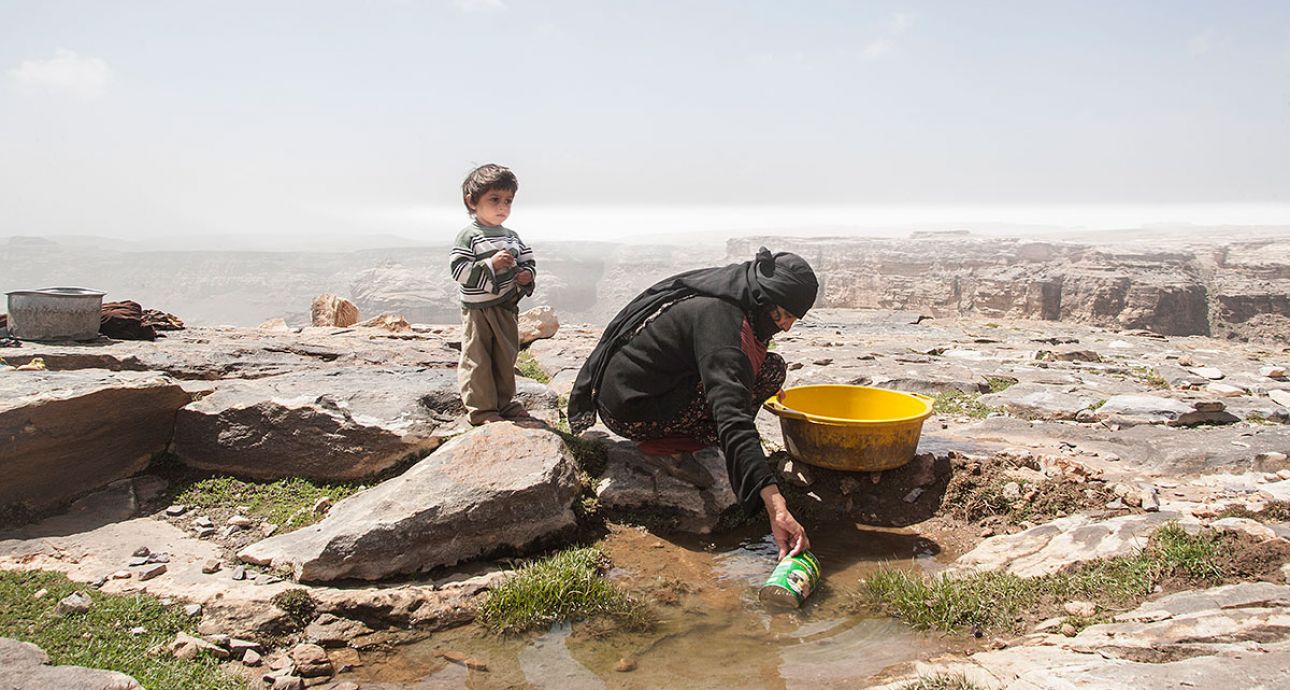
James Delano: “It Is One Thing to Read about Climate Change and Quite Another to See It Happening”

Japan-based American documentary photographer. His projects have been cited with the Alfred Eisenstadt Award (from Columbia University and Life Magazine), Leica’s Oskar Barnack, Picture of the Year International, PDN and others. In 2015, he founded EverydayClimateChange (ECC) Instagram feed, where photographers from 6 continents document global climate change on 7 continents.
— I had been documenting the environment, mostly in East Asia, and seeing massive deforestation in the rainforests of Southeast Asia, and the effects of rapid industrialization using coal as the primary energy source in China. The effects on the people, the land, land rights, and the climate were staggering. I have been interested in the environment all my life but, after moving to Asia from North America, and seeing unprecedented environmental destruction, I knew I had to do something about it.
I was asked to take over an Instagram feed to post my work on climate change, and at the same time, I was exhibiting environmental work at Festival PhotoReporter in Saint Brieuc, France where I meet Peter Di Campo, the founder of EverydayAfrica Instagram feed. I was so impressed by his project and him, as a person, that a few weeks later, I asked if he would mind if I were to start a climate change feed and weave it in with the loose-knit ‘Everyday’ family. He not only readily agreed, he encouraged me to create the feed. EverydayClimateChange was launched on 1 January 2015.
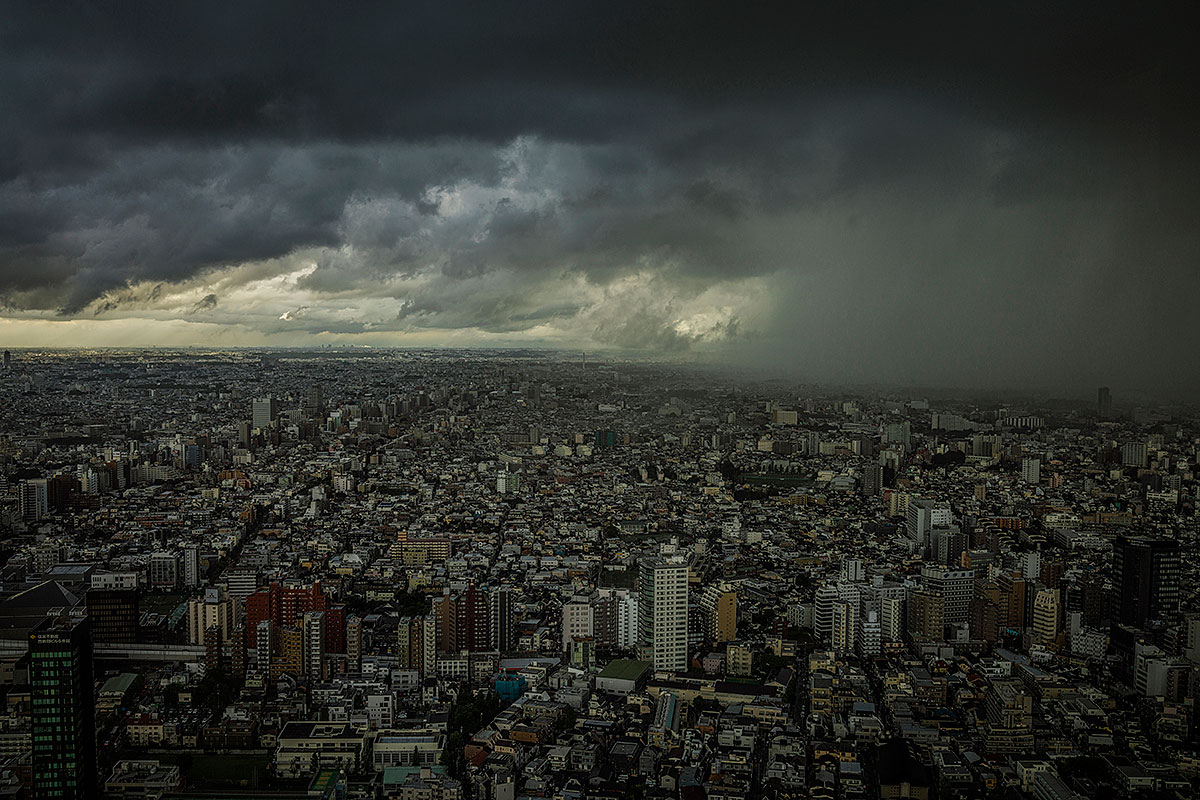
Storm front from one of three typhoons converging on the Tokyo megalopolis, Japan, sends sheets of rain down on the city. Climate scientist say that rare, severe weather events will be more common in the age of global warming. Photo by James Whitlow Delano / USA/Japan
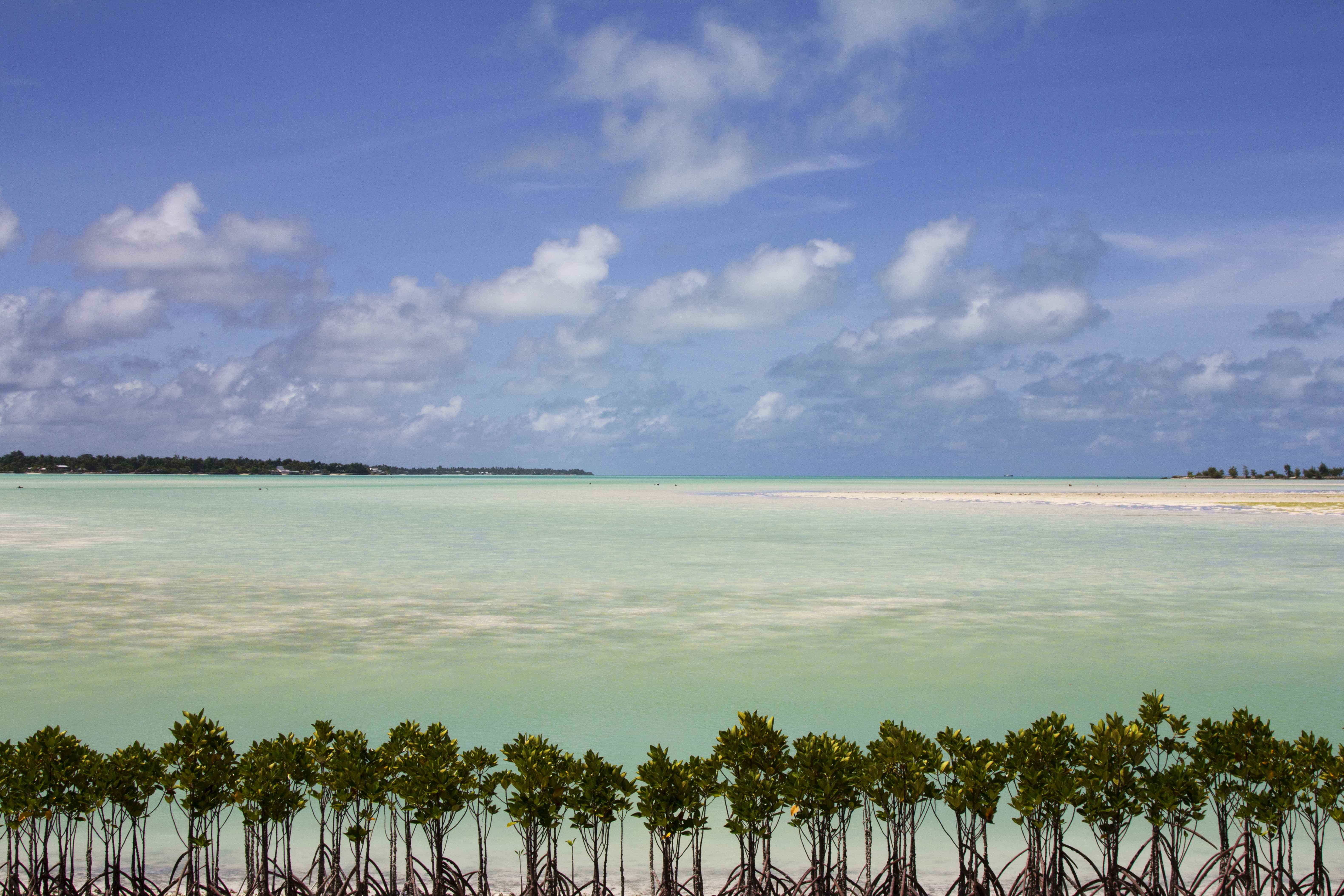
These newly planted mangroves are part of Kiribati’s adaptive measures against sea level rise. Kiribati’s string of islands is some of the most vulnerable locations on Earth, as many islands do not reach 3m above sea level. Mangroves act as buffer zones against waves during harsh storms and cyclones, hold coastal banks together limiting land erosion and also act as the coastlines kidneys, filtering out pollutants, heavy metals and runoff sediment – creating cleaner, clearer, and healthier oceans. Photo by Ashley Crowther / Australia
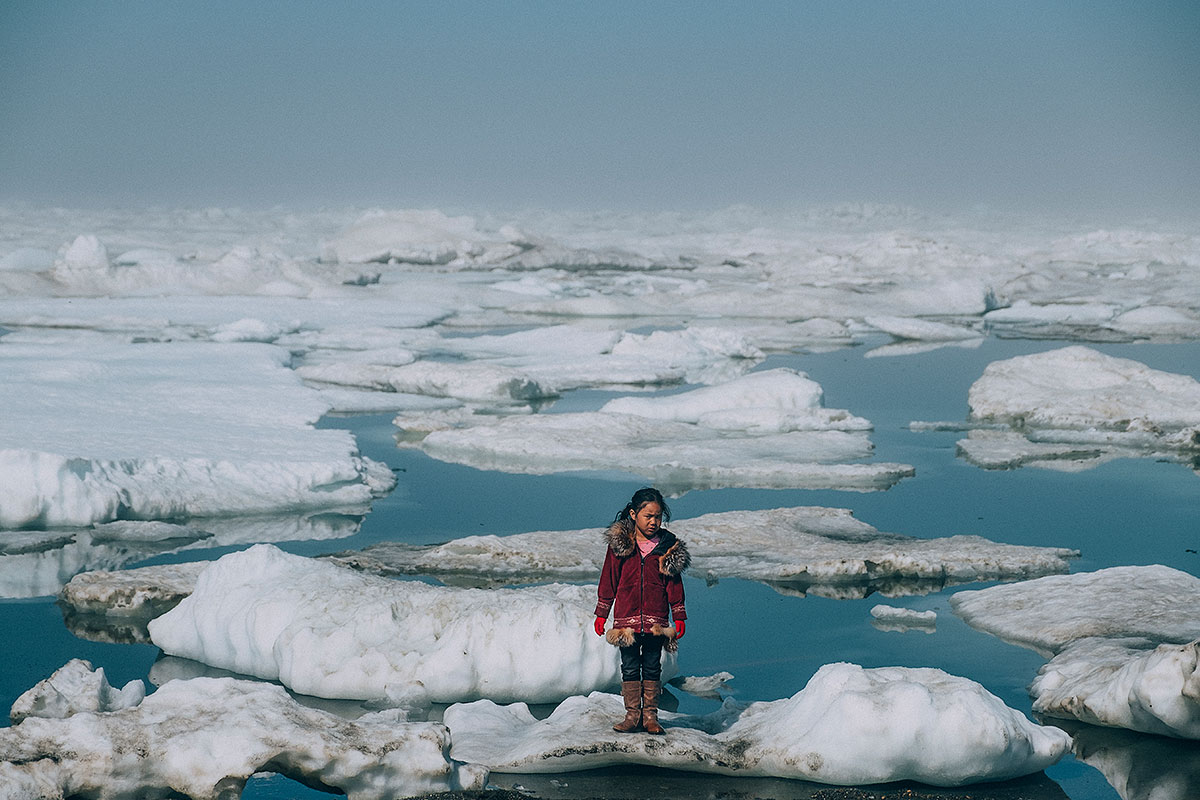
An Iñupiat girl Amaia, 11, standing on an ice floe on a shore of the Arctic Ocean in Barrow, Alaska. The anomalous melting of the Arctic ice is one of the many effects of the climate change. In the several recent years, melting glaciers and sea ice in Alaska led to the mass migration to the coast of walruses and sea lions. It gets more difficult for the Iñupiat people to hunt seals and walruses. Photo by Vlad Sokhin / Russia
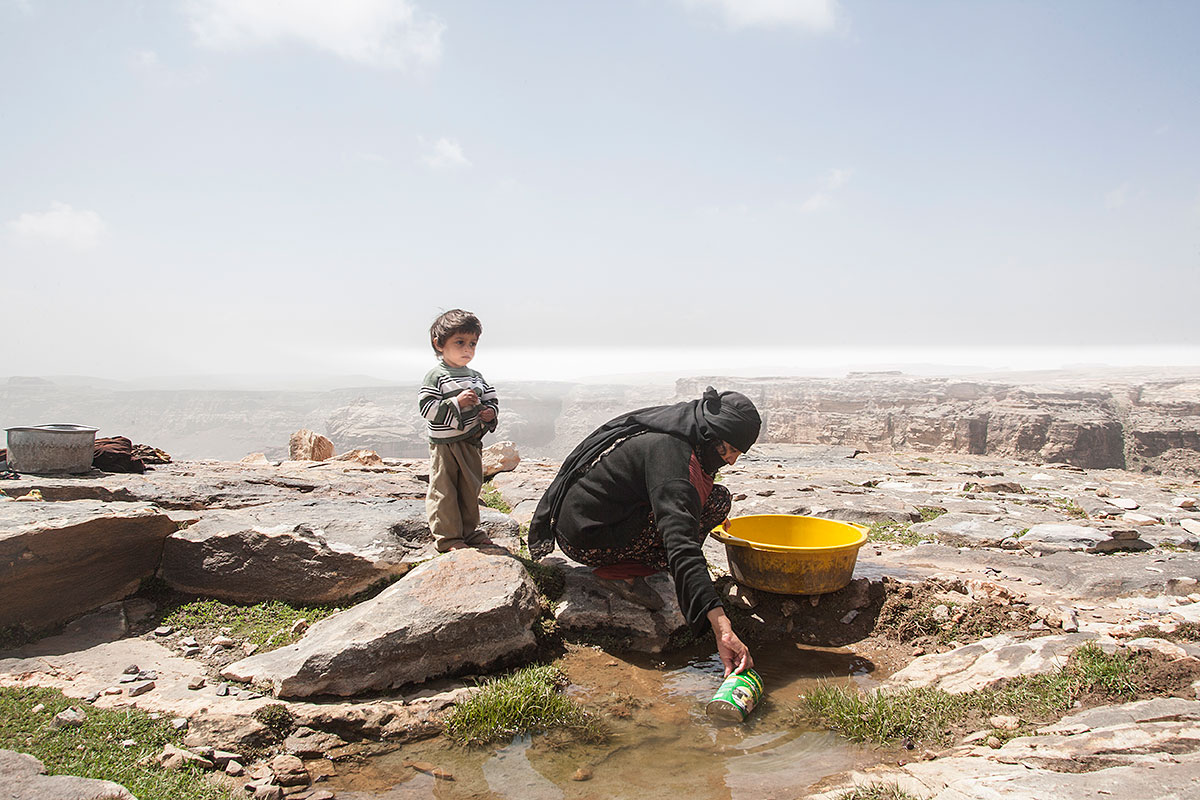
A mother collects water left in the pounds after the rain. The family doesn't have access to a water well and totally relies on rain water to survive. Yemen is enduring a water crises that ranks among the worst in the world. Photo by Matilde Gattoni / Italy
The feed has photographers documenting climate change on seven continents. We have about 40 photographers who contribute. I photograph climate change wherever I travel. I plan, and largely self-fund, projects but I will also study climate change issues in a place I am traveling to on other assignments by extending travel to do so.
I want to show that climate change is not limited to one region but happening all here and now. It is a global phenomenon. I believe it is easy to dismiss climate change events in one region, but it is harder to deny when you see visual evidence of climate change around the world in diverse climates, landscapes, and latitudes. I believe that non-fiction photography can present the issue like no other. It is one thing to read about climate change and quite another to see it happening over the world.
I have actually been taking a little break from climate change to work on the human rights issue of the US/Mexican border wall, due to the new, and in my opinion, racist, immigration policies of President Donald Trump. I will return to climate change work in the summer in Latin America.
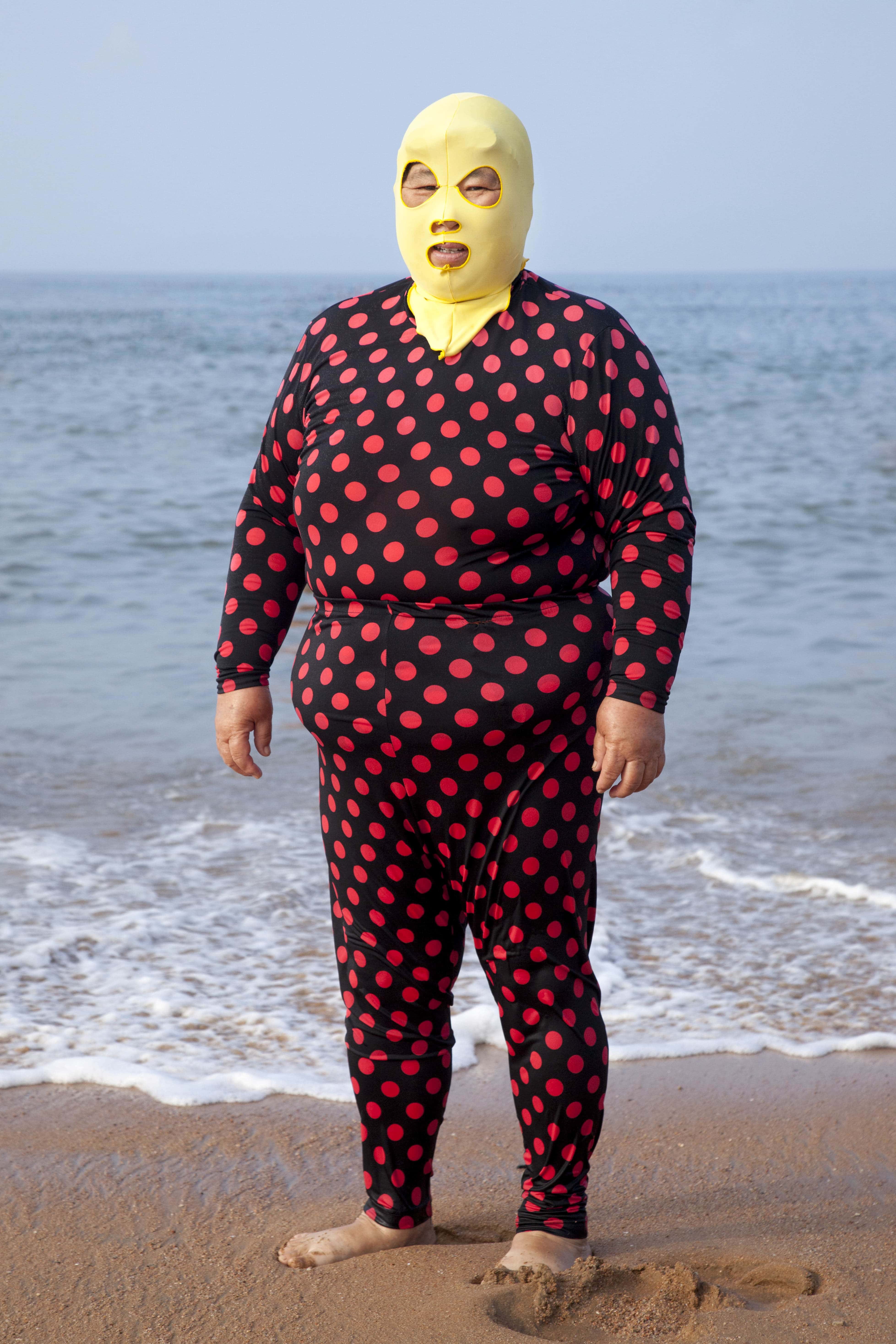
Facekini are suddenly the ‘new fashion’ and seen all over China and Western fashion Magazines. This is related to the fact that the coast of North Eastern Japan (across from Qingdao) has been infested by huge jellyfish called Nomura's jellyfish in the past 10 years. These up to 200 kilogram monsters leave nasty burns on the skin of the swimmers. so the entrepreneurial Chinese invented the facekini. The creatures appear to favor warmer water and research suggests that the temperature of the East China Sea is 1-2 degree centigrade higher than in the last years. Photo by Philipp Engelhorn / Hong Kong/ Germany
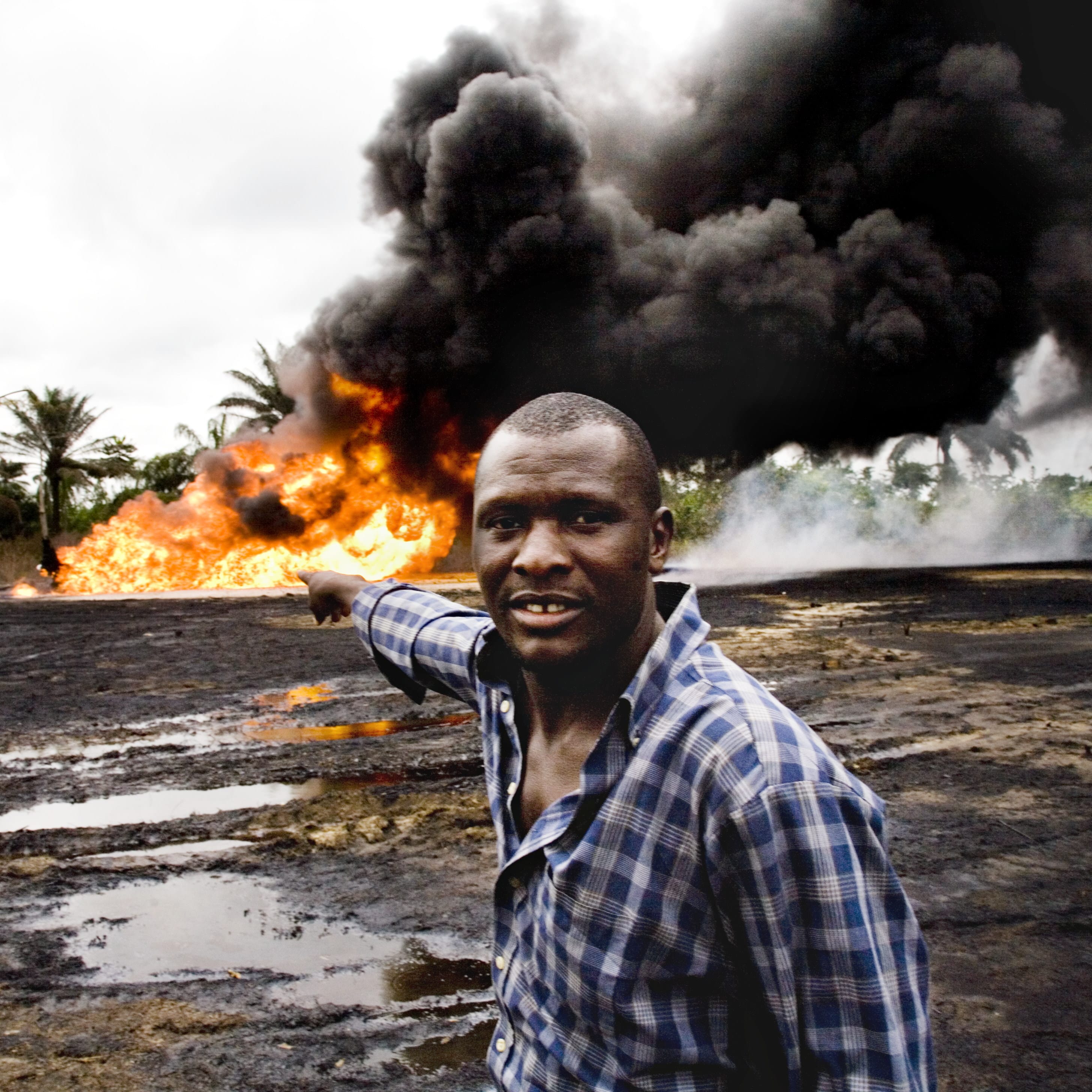
In the Ogoniland village in Nigeria an oil wellhead that had been leaking for weeks has turned into a raging inferno. The local youths keep watch, waiting for Shell to come and put the fire out. This is an environmental disaster for the local people, as it affects their crops, their water and air, pollutes the lands and forces farmers and fishermen out of work. Even though Shell has not been allowed to pump oil from its 125 wells in Ogoniland since 1993, they still have wells that are leaking and are often unattended or maintained. Photo by Ed Kashi / USA
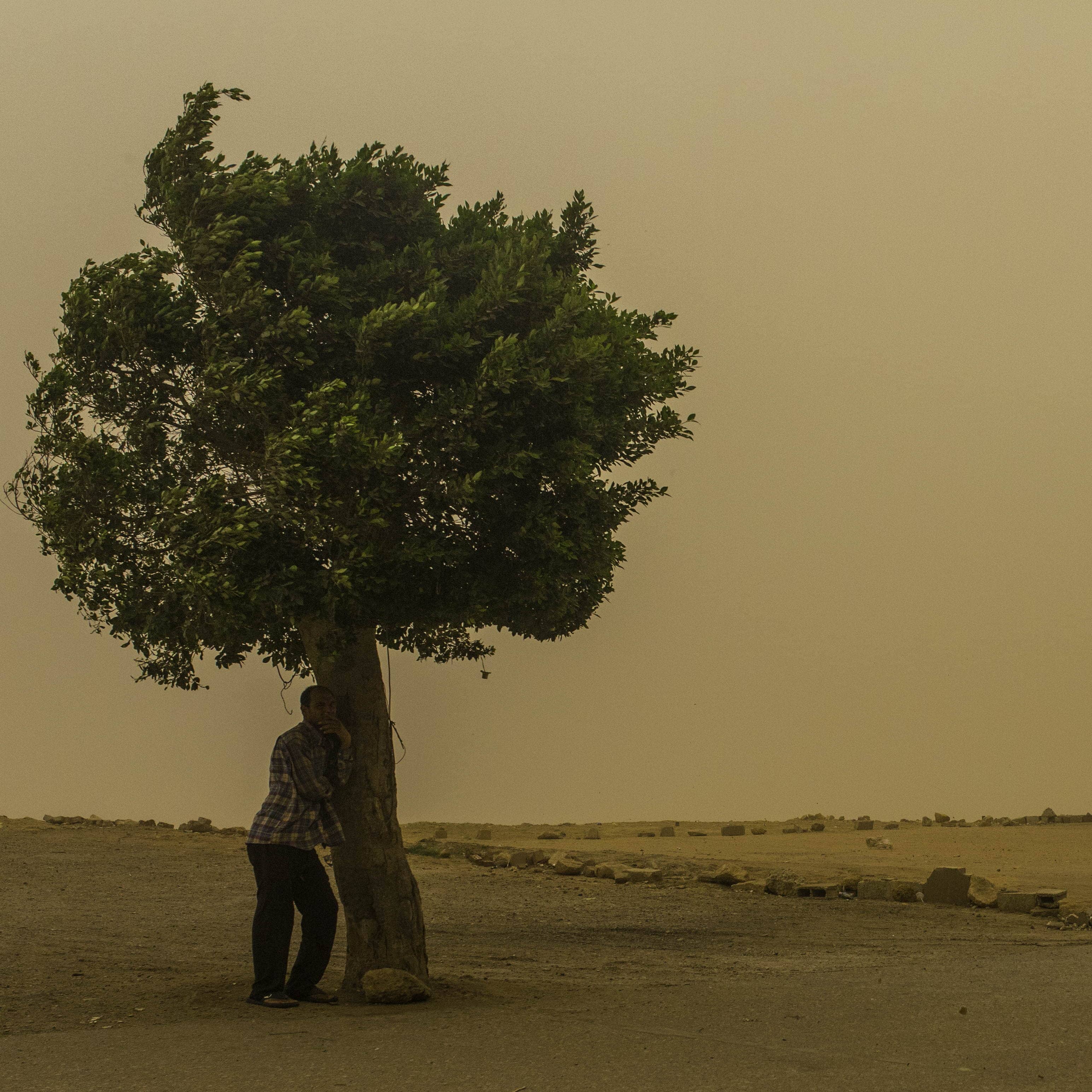
A man takes cover under a tree in Mokattam as a sandstorm and extreme temperatures grip Cairo. On May 27, 2015 Cairo registered the highest temperatures on Earth, officially a smoldering 46C (114F). Photo by Sima Diab / Egypt
New and best




